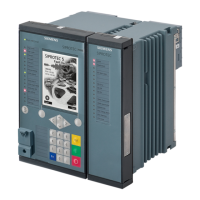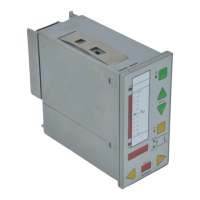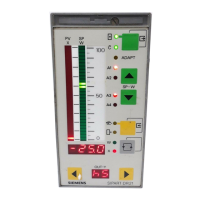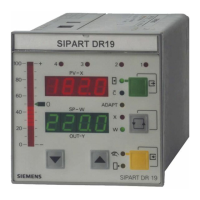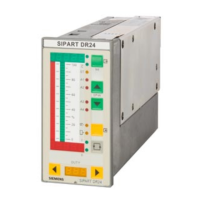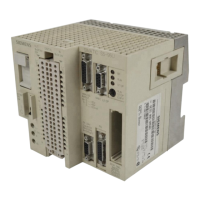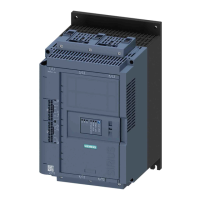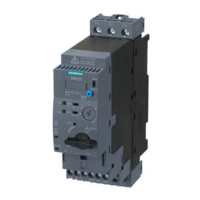Functions
2.13 Flexible Protection Functions
SIPROTEC, 7SJ61, Manual
C53000-G1140-C210-1, Release date 02.2008
192
Mode of Operation, Measured Quantity, Measurement Method
The flexible function can be tailored to assume a specific protective function for a concrete application in pa-
rameters OPERRAT. MODE, MEAS. QUANTITY, MEAS. METHOD and PICKUP WITH. Parameter OPERRAT.
MODE can be set to specify whether the function works 3-phase, 1-phase or no reference, i.e. without a
fixed phase reference. The three-phase method evaluates all three phases in parallel. This implies that thresh-
old evaluation, pickup indications and trip time delay are accomplished selectively for each phase and parallel
to each other. This may be for example the typical operating principle of a three-phase time overcurrent pro-
tection. When operating single-phase, the function employs either a phase's measured quantity, which must
be stated explicitly, (e.g. evaluating only the current in phase Ib) or the measured ground current In. If external
trip commands are used, the operating principle is without (fixed) phase reference. Additional parameters can
be set to specify the used MEAS. QUANTITY and the MEAS. METHOD. The MEAS. METHOD determines
whether the function uses the r.m.s. value of the fundamental component or the normal r.m.s. value (true RMS)
that evaluates also harmonics. Parameter PICKUP WITH moreover specifies whether the function picks up on
exceeding the threshold (>-element) or on falling below the threshold (<-element).
Characteristic Curve
The characteristic curve of the function is always „independent“, i.e. the delay time is not influenced by the mea-
sured value.
Functional Logic
Figure 2-67 shows the logic diagram for a three-phase operating function. In case of a single-phase operating
method or without phase reference, phase-selectivity and thus the phase-specific messages are omitted.
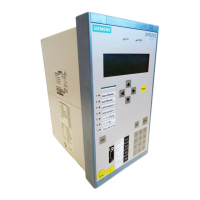
